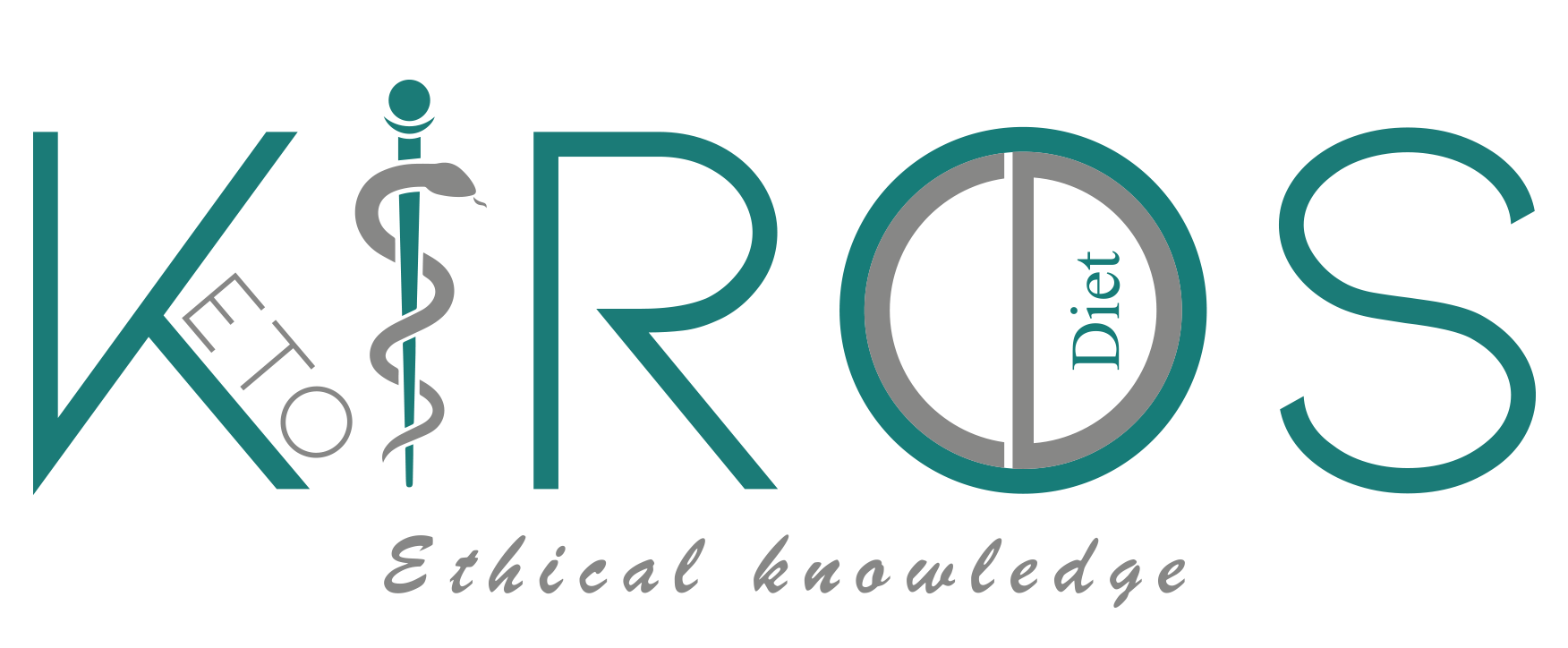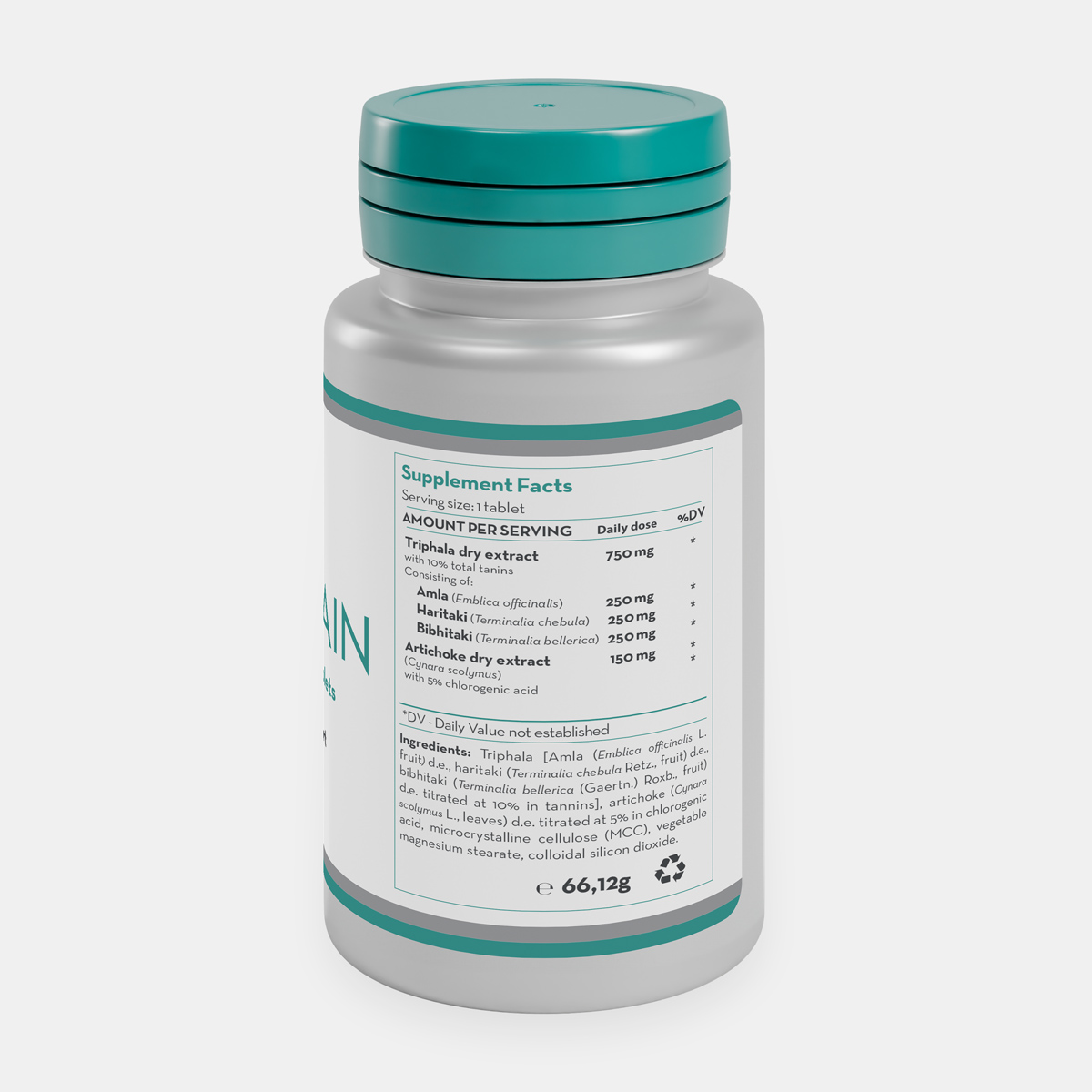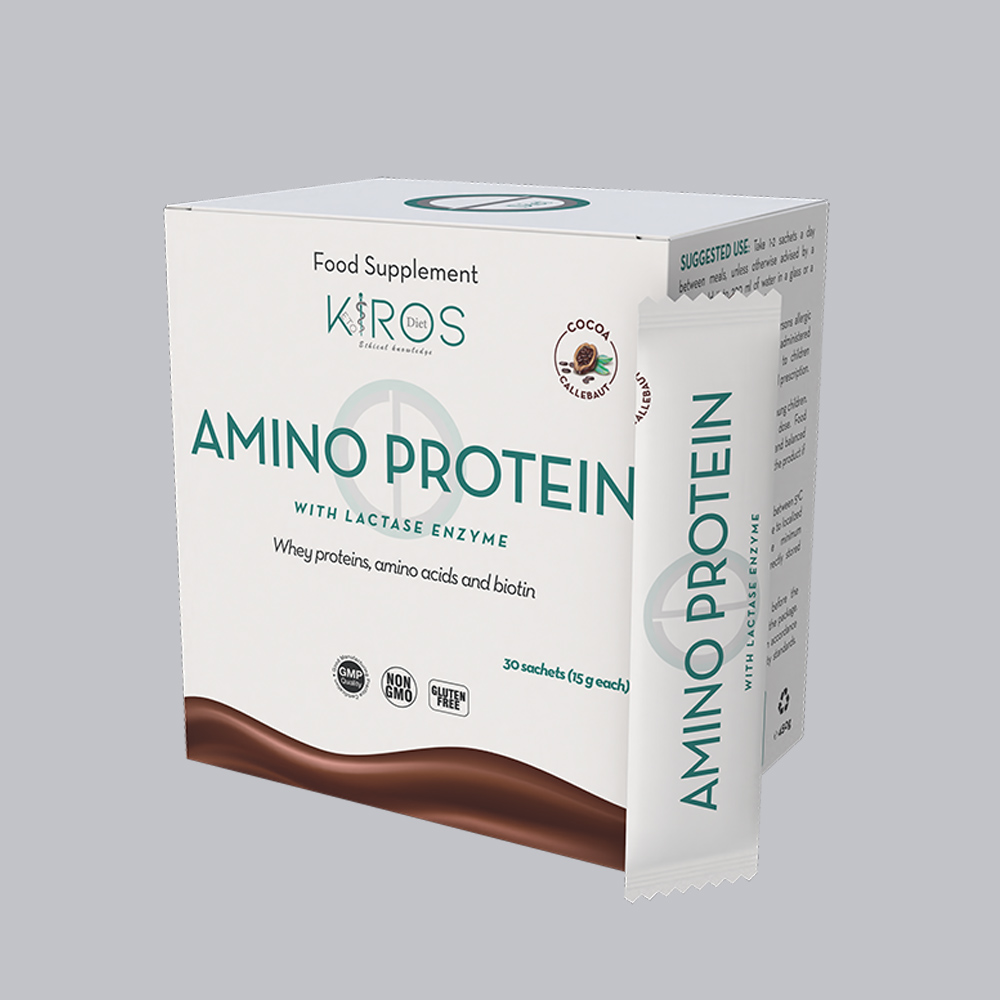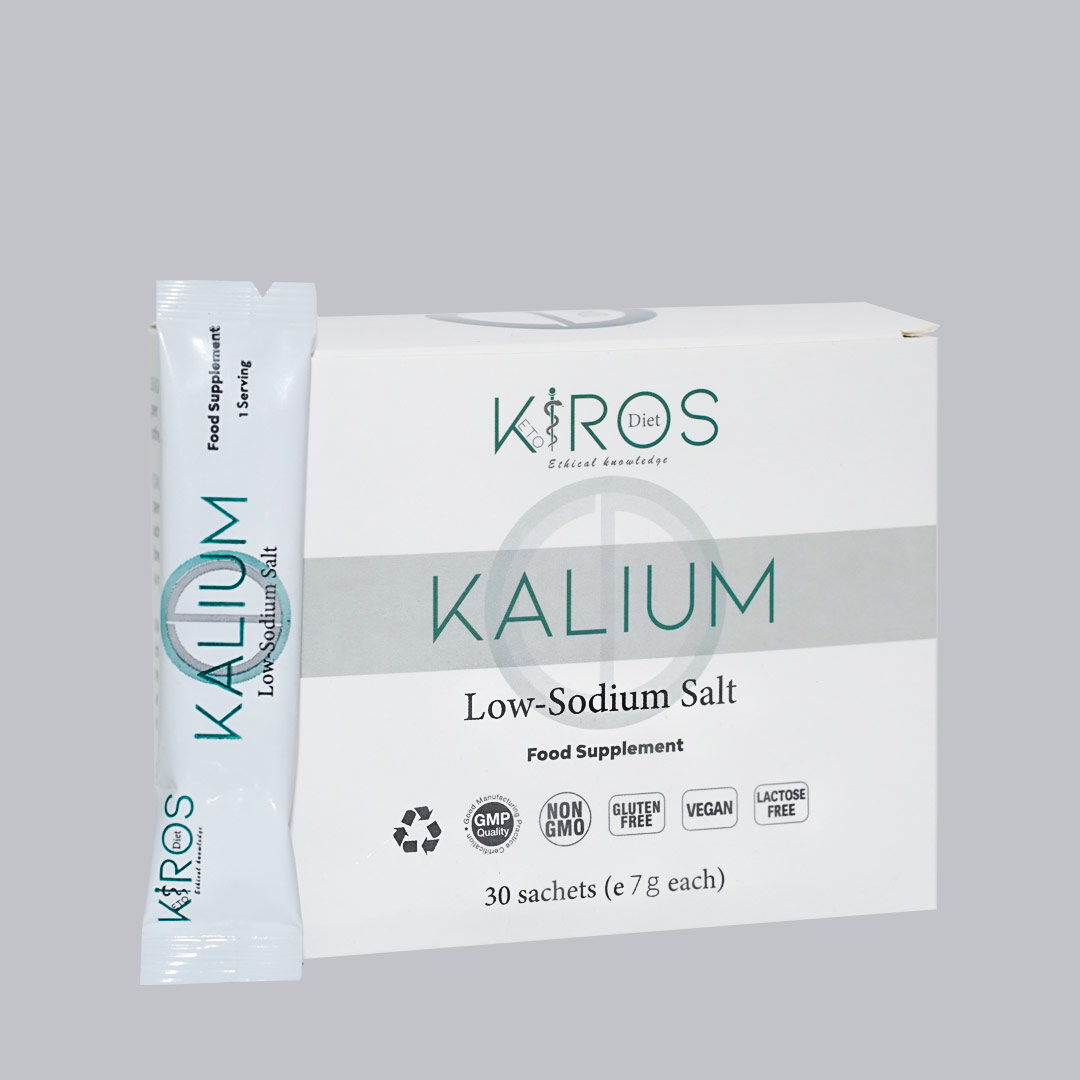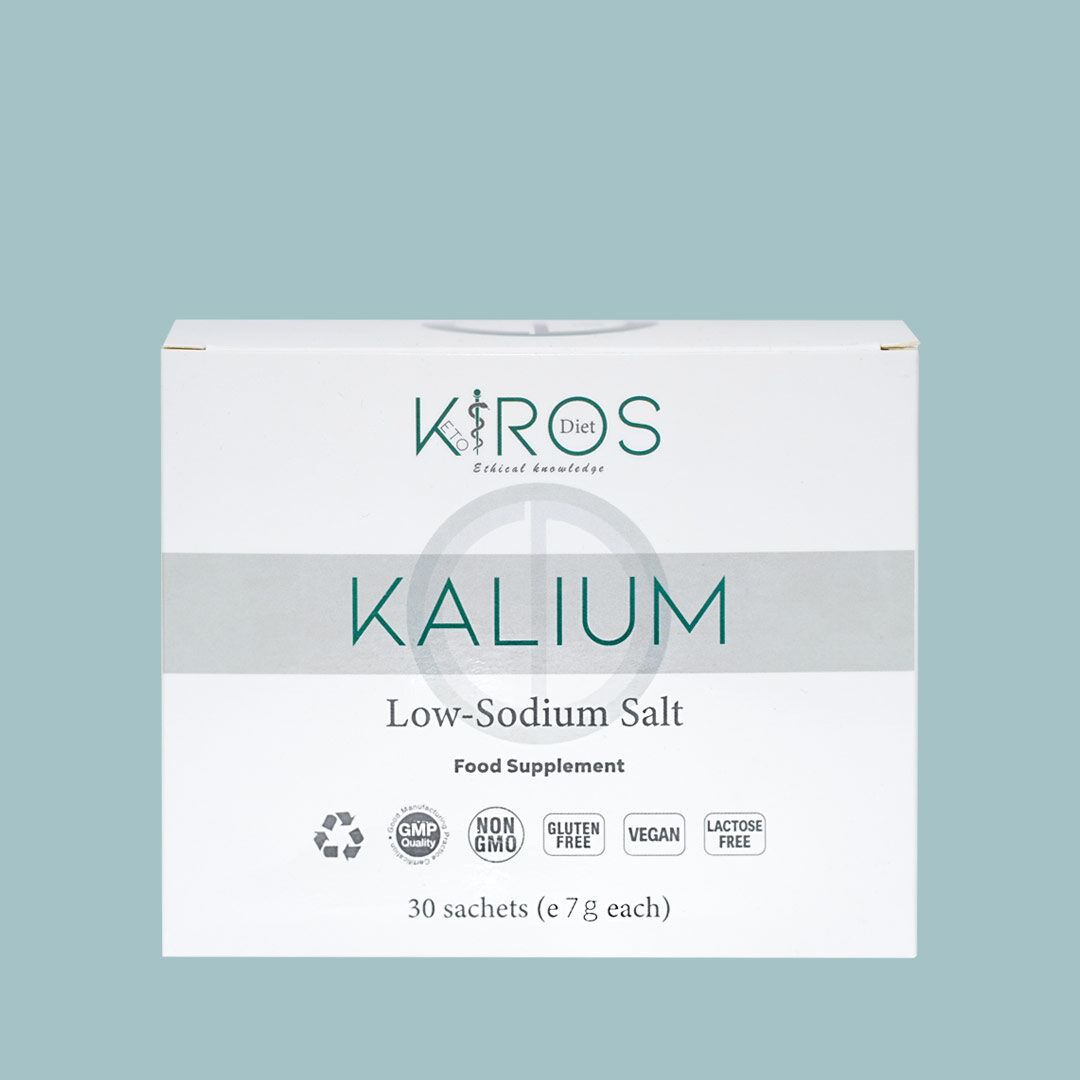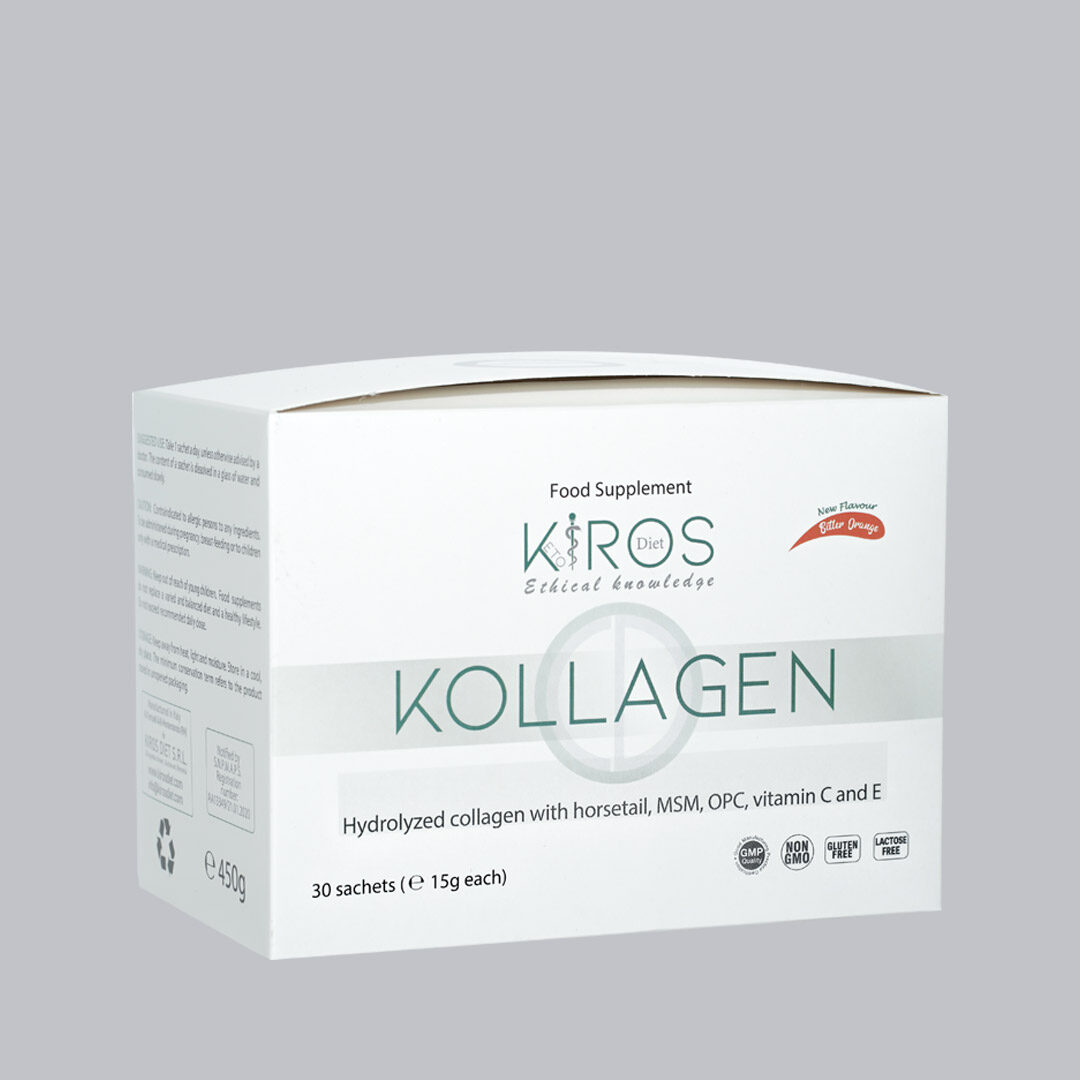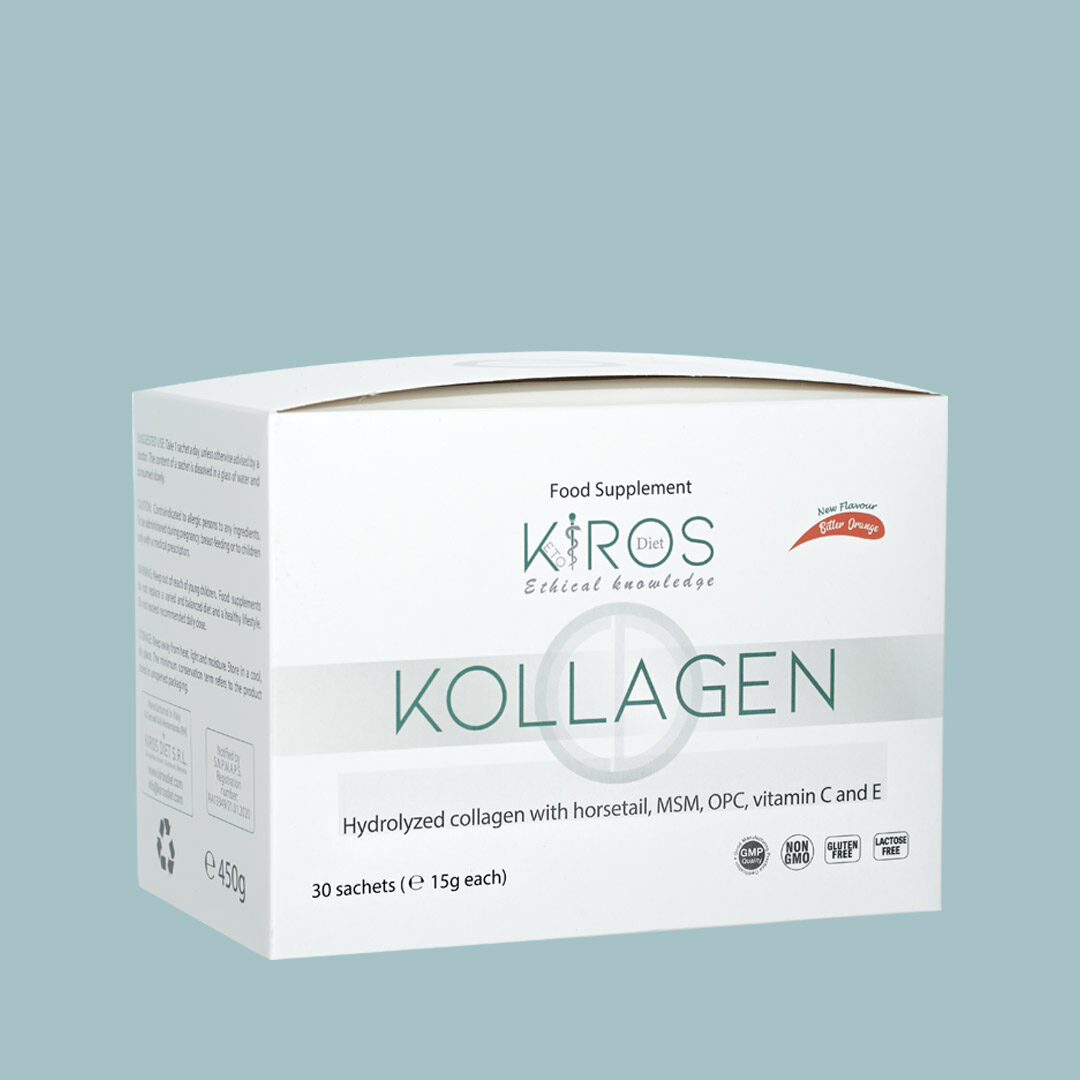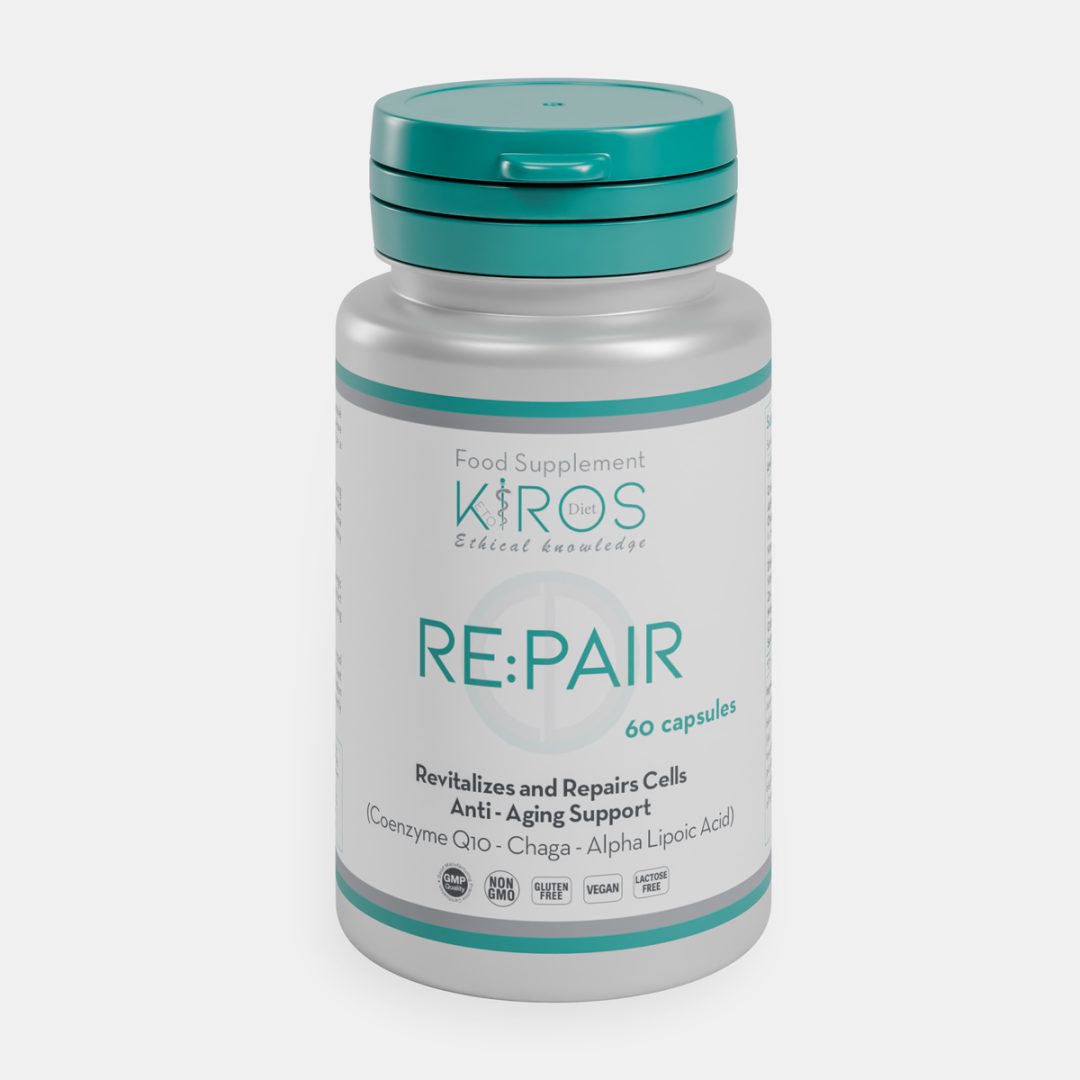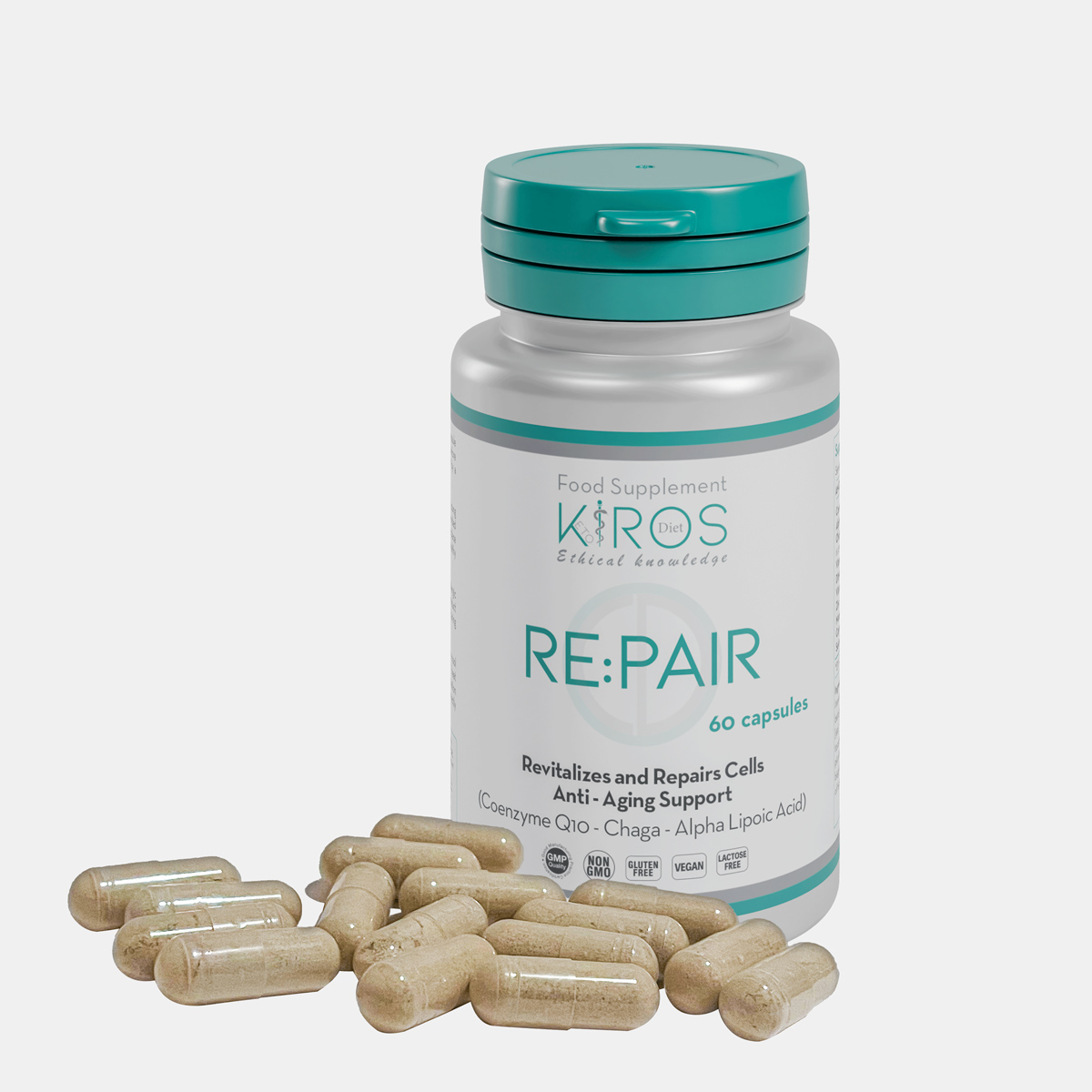Effectiveness
Colondrain, biologically active food supplement, is a preparation based on Triphala, a herbal preparation of Indian Ayurvedic medicine recognized and validated by numerous scientific studies and composed of the combination of the extracts of three plant species Emblica officinalis (Euphorbiaceae), Terminalia bellerica (Combretaceae), and Terminalia chebula (Combretaceae). The formula is enhanced by artichoke extract. Colondrain is useful in all cases of reduced dietary intake or increased need for useful components to improve gastrointestinal health and promote efficient digestion, absorption, elimination and rejuvenation.
One capsule of Colondrain is able to provide 750 mg of Triphala extract and 150 mg of artichoke extract. The particularly balanced formulation appears to play a positive role in mental and physical balance, with plants of proven activity and great tradition such as Triphala and Artichoke in the form of extracts to improve intestinal health and to help with constipation, abdominal pain, hyperacidity and meteorism, stimulating beneficial intestinal bacteria and protecting the liver. It promotes digestion and assimilation, and significantly reduces cholesterol and body fat.
Background
The modern, Western eating style can result in an imbalance between an increased calorie load and a reduced intake of nutrients necessary for the body to function properly. Foods and beverages of undoubted taste appeal are often high in calories but low in nutrients. The consumption of extremely refined foods such as foods rich in yeasts, most of the hulled cereals, sugary and alcoholic beverages (in particular beer), smoked foods or foods rich in preservatives causes the proliferation of pathogenic intestinal bacteria and yeasts that promote the development of inflammation of the colon (colitis) and inflammation of the first part of the intestine (enteritis). Typical symptoms include: slowing of digestive processes, bloating and flatulence, belching, intestinal pain and cramps, alternating periods of constipation and diarrhea, loss of body weight.
Triphala is a traditional herbal preparation mentioned in the ancient Indian Ayurvedic texts, it is a word in Sanskrit and it means “three fruits”, each of which has already fabulous properties individually but when combined they assume an exponential strength and healing characteristics: Amalaki, Haritaki and Bibhitaki. The formulation finds use in colon cleansing and has been used for years to remove fecal matter from the body, preventing the formation of toxins, in particular Triphala inhibits intestinal Candida and harmful bacteria in the body and promotes intestinal motility. It helps to stimulate the flow of bile and the contraction of intestinal smooth muscles that generate peristalsis, thus favoring intestinal evacuation and preventing meteorism2.
This remedy has been potentiated with bioactive artichoke extract rich in polyphenols and which exerts a cleansing action on the liver, promoting the production of bile. The purification of the liver stimulates an improvement in the entire state of health, improving the functions of digestion and the proper functioning of the intestine.
Characteristics of the Components
Triphala is composed of fruit extracts from the plant species Emblica officinalis (Amalaki), Terminalia bellerica (Bibhitaki) and Terminalia chebula (Haritaki), mixed in equal proportions according to the preparation used for centuries by traditional Indian medicine for intestinal cleansing and detoxification. The three plants have numerous biological properties such as helping the body to eliminate toxins, strengthening and stimulating the action of the liver, helping the correct functionality and intestinal motility by relieving constipation and reducing meteorism. Obviously in combination they play synergistic action exponentially improving the therapeutic potential.
The main constituents of Triphala are tannins, gallic and ellagic acid derivatives and chebulinic acid, for these compounds are reported nuemerous activities 3-5. Triphala contains other bioactive compounds such as flavonoids (quercetin and luteolin), saponins, anthraquinones, amino acids, fatty acids and polysaccharides4. These compounds are synergistically responsible for the positive effects of Triphala on the intestine and its hepatoprotective action. Triphala polyphenols such as chebulinic acid are transformed by the human intestinal microbiota into bioactive metabolites capable of preventing oxidative damage2. Triphala has a light and physiological laxative emollient and lubricating action thanks to the presence of anthroquinones which contribute to stimulate bile secretion and peristalsis, while the nutritional aspect is essentially due to the high content of vitamin C of Amalaki which represents the most concentrated and bioavailable source of vitamin C in the vegetable kingdom.
Artichoke. Artichoke is considered a functional food due to its high content in phenolic compounds and inulin. The main compounds are caffeoylquinic acids (chlorogenic acid and 1,5-dicaffeoylquinic acid). Another important class of natural compounds are flavone glycosides including luteolin-7-O-rutinoside and apigenin-7-O-glucoside. Artichoke has been used for thousands of years in folk medicine against liver and gallbladder disorders and leaf extracts are used as hepatoprotective, choleretic and hypolipidemic agents6. The beneficial and therapeutic activity can be mainly attributed to the presence of caffeoylquinic acids and flavones7.
For the first time a preparation based on this combination of herbs and active ingredients is proposed and marketed.
Studies
Artichoke
Artichoke bract extract is useful against liver and gallbladder disorders and as a hepatoprotective, choleretic and hypolipidemic agent. The beneficial and therapeutic activity is mainly attributed to the presence of caffeoylquinic acids and flavones. In addition, artichoke bracts are a great source of inulin (18-36% of dry matter), a fructose-based polysaccharide with specific prebiotic properties. Several studies suggest that the hepatoprotective effect of artichoke extracts is due to their antioxidant activity7-8. Artichoke leaf extracts showed antioxidant action against hydroperoxide-induced oxidative stress on cultured rat hepatocytes, HepG28 human hepatoma cells, and human leukocytes10.
Triphala
Gastrointestinal Health. Gastrointestinal health represents perhaps Triphala’s best-known target. In vivo studies have shown that Triphala extracts prevent diarrhea11 and induce enteroprotective effects by both enhancing intestinal villi function and glutathione and phospholipid levels12. In other studies in rats, Triphala exerted a gastroprotective effect on stress-induced ulcer13. A clinical study evaluated the use of Triphala in patients with gastrointestinal disorders, the authors report that the treatment reduced constipation, mucus, abdominal pain, hyperacidity and flatulence by improving stool frequency, yield and consistency14. Triphala also reduced colitis in a mouse model, an effect attributed to its high antioxidant potential15.
Antiobesogenic potential of Triphala. Several studies have demonstrated the potential of Triphala as a therapeutic agent for weight loss and body fat reduction. In an in vivo study, Triphala was administered for 10 weeks to diet-induced obese mice16. Triphala treatment reduced the percentage of body fat and body weight. Triphala also reduced total cholesterol, triglycerides, and low-density lipoproteins in the experimental group compared with the control group. In a 12-week, double-blind, randomized, placebo-controlled clinical trial, Triphala-treated subjects lost 5 kg compared with the placebo control group17. Treated subjects also showed reductions in fasting blood glucose and serum insulin levels compared with control subjects.
Antidiabetic activity. Several studies have demonstrated the potential of Triphala as a hypoglycemic phytotherapeutic. A first effect is due to Triphala’s ability to inhibit the pancreatic glycolytic enzymes, alpha-amylase and alpha-glucosidase, which cleave complex polysaccharides into glucose molecules17. They act in this way by reducing blood glucose levels, and this effect is particularly expected in patients with type 2 diabetes who usually have high postprandial blood glucose levels. A clinical study of patients with non-insulin-dependent diabetes mellitus revealed that supplementation with 5 g of Triphala powder for 45 days significantly reduced blood glucose levels18, as well as fasting and postprandial blood glucose. Triphala constituents, including ellagitannins and gallotannins, are PPAR α and γ agonists, which increase insulin response and glucose uptake without inducing adipogenesis19, promoting reduced blood glucose in diabetic patients. This also suggests a direct mechanism of Triphala in activating through PPARα genes involved in oxidative fatty acid metabolism resulting in both hepatic and blood level reduction of triglycerides.
Actions it may perform
- Prevents cancer20
- Cleans and eliminates toxins from the Colon 13,15
- Regulates the intestines 14
- Promotes weight loss and lipolysis17
- Reduces cholesterol21
- Reduces blood pressure
- Improves liver function
- Reduces bone and cartilage breakdown22
- Immunomodulator4
- Mild physiological laxative23
- Hypoglycemic action24
Literature
- Zunder, T., Huber, R., Sander, A., Daschner, F., & Frank, U. (2002). The pathogenetic significance of intestinal Candida colonization–a systematic review from an interdisciplinary and environmental medical point of view.International journal of hygiene and environmental health, 205(4), 257-268.
- Olennikov, D., Kashchenko, N., & Chirikova, N. (2015). In vitro bio accessibility, human gut microbiota metabolites and hepato protective potential of chebulic ellagitannins: A case of Padma Hepaten® formulation.Nutrients, 7(10), 8456-8477
- Lu, K., Chakroborty, D., Sarkar, C., Lu, T., Xie, Z., Liu, Z., & Basu, S. (2012). Triphala and its active constituent chebulinic acid are natural inhibitors of vascular endothelial growth factor-a mediated angiogenesis.PLoS One, 7(8), e43934.
- Belapurkar, P., Goyal, P., & Tiwari-Barua, P. (2014). Immunomodulatory effects of Triphala and its individual constituents: a review.Indian journal of pharmaceutical sciences, 76(6), 467.
- Lee, H. S., Won, N. H., Kim, K. H., Lee, H., Jun, W., & Lee, K. W. (2005). Antioxidant effects of aqueous extract of Terminalia chebula in vivo and in vitro.Biological and Pharmaceutical Bulletin, 28(9), 1639-1644.
- Panahi, Y., Kianpour, P., Mohtashami, R., Atkin, S. L., Butler, A. E., Jafari, R., … &Sahebkar, A. (2018). Efficacy of artichoke leaf extract in non‐alcoholic fatty liver disease: A pilot double‐blind randomized controlled trial.Phytotherapy research, 32(7), 1382-1387.
- Pagano, I., Piccinelli, A. L., Celano, R., Campone, L., Gazzerro, P., De Falco, E., & Rastrelli, L. (2016). Chemical profile and cellular antioxidant activity of artichoke by-products.Food&function, 7(12), 4841-4850.
- Miccadei, S., Di Venere, D., Cardinali, A., Romano, F., Durazzo, A., Foddai, M. S., … & Maiani, G. (2008). Antioxidative and apoptotic properties of polyphenolic extracts from edible part of artichoke (Cynara scolymus L.) on cultured rat hepatocytes and on human hepatoma cells.Nutrition and cancer, 60(2), 276-283.
- Gebhardt, R., &Fausel, M. (1997). Antioxidant and hepatoprotective effects of artichoke extracts and constituents in cultured rat hepatocytes.Toxicology in vitro, 11(5), 669-672.
- Pérez-García, F., Adzet, T., & Cañigueral, S. (2000). Activity of artichoke leaf extract on reactive oxygen species in human leukocytes.Free Radical Research, 33(5), 661-665.
- Biradar, Y. S., Singh, R., Sharma, K., Dhalwal, K., Bodhankar, S. L., & Khandelwal, K. R. (2008). Evaluation of anti-diarrhoeal property and acute toxicity of Triphala Mashi, an Ayurvedic formulation.Journal of herbal pharmacotherapy, 7 (3-4), 203-212.
- Nariya, M., Shukla, V., Jain, S., & Ravishankar, B. (2009). Comparison of enteroprotective efficacy of Triphala formulations (Indian Herba lDrug) on methotrexate‐induced small intestinal damage in rats.Phytotherapy Research: An International Journal Devoted to Pharmacological and Toxicological Evaluation of Natural Product Derivatives, 23(8), 1092-1098.
- Nariya, M. B., Shukla, V. J., Ravishankar, B., & ain, S. M. (2011). Comparison of gastroprotective effects of Triphala formulations on stress-induced ulcer in rats.Indian journal of pharmaceutical sciences, 73(6), 682.
- Mukherjee, P. K., Rai, S., Bhattacharyya, S., Kumar Debnath, P., Biswas, T. K., Jana, U., … & Paul, P. K. (2006). Clinical study of Triphala. A well known phytomedicine from India.Iranian journal of pharmacology and therapeutics, 5(1), 51-0.
- Rayudu, V., &Raju, A. B. (2014). Effect of Triphala on dextran sulphate sodium-induced colitis in rats.Ayu, 35(3), 333.
- Gurjar, S., Pal, A., & Kapur, S. (2012). Triphala and Its Constituents Ameliorate Visceral Adiposity From a High-fat Diet in Mice With Diet-induced Obesity.Alternative Therapies in Health & Medicine, 18(6).
- Kamali, S. H., Khalaj, A. R., Hasani-Ranjbar, S., Esfehani, M. M., Kamalinejad, M., Soheil, O., &Kamali, S. A. (2012). Efficacy of ‘Itrifal Saghir’, a combination of three medicinal plants in the treatment of obesity; A randomized controlled trial.DARU Journal of Pharmaceutical Sciences, 20(1), 33.
- Rajan, S. S., & Antony, S. (2008). Hypoglycemic effect of Triphala on selected non insulin dependent diabetes mellitus subjects.Ancient science of life, 27(3), 45.
- Yang, M. H., Vasquez, Y., Ali, Z., Khan, I. A., & Khan, S. I. (2013). Constituents from Terminalia species increase PPARα and PPARγ levels and stimulate glucose uptake without enhancing adipocyte differentiation.Journal of Ethnopharmacology, 149(2), 490-498.
- Baliga, M. S. (2010). Triphala, Ayurvedic formulation for treating and preventing cancer: a review. The Journal of Alternative and Complementary Medicine, 16(12), 1301-1308.
- Saravanan, S., Srikumar, R., Manikandan, S., Parthasarathy, N. J., & Devi, R. S. (2007). Hypolipidemic effect of triphala in experimentally induced hypercholesteremic rats. Yakugaku Zasshi, 127(2), 385-388.
- Kalaiselvan, S., & Rasool, M. (2015). Triphala exhibits anti-arthritic effect by ameliorating bone and cartilage degradation in adjuvant-induced arthritic rats. Immunological investigations, 44(4), 411-426.
- Munshi, R., Bhalerao, S., Rathi, P., Kuber, V. V., Nipanikar, S. U., & Kadbhane, K. P. (2011). An open-label, prospective clinical study to evaluate the efficacy and safety of TLPL/AY/01/2008 in the management of functional constipation. Journal of Ayurveda and integrative medicine, 2(3), 144.
- Rajan, S. S., & Antony, S. (2008). Hypoglycemic effect of triphala on selected non insulin dependent diabetes mellitus subjects. Ancient science of life, 27(3), 45.
